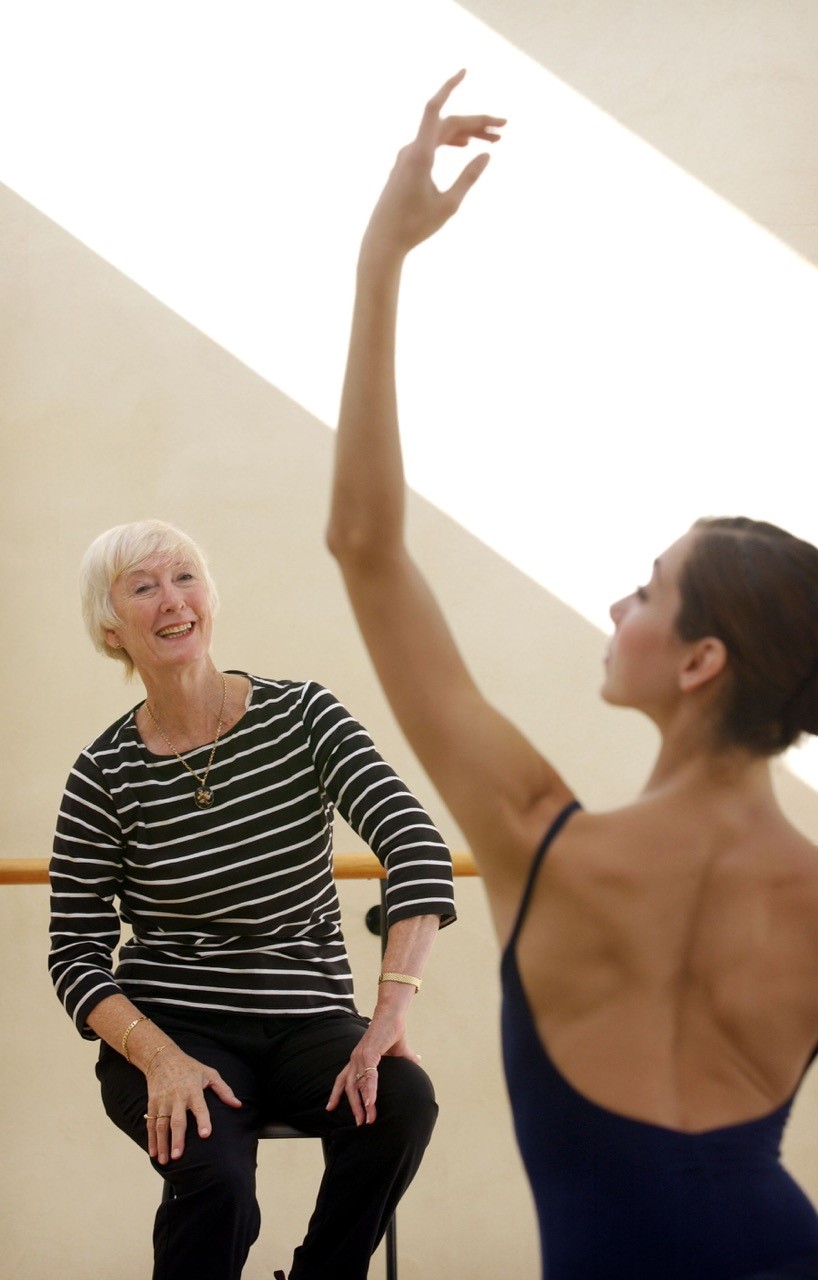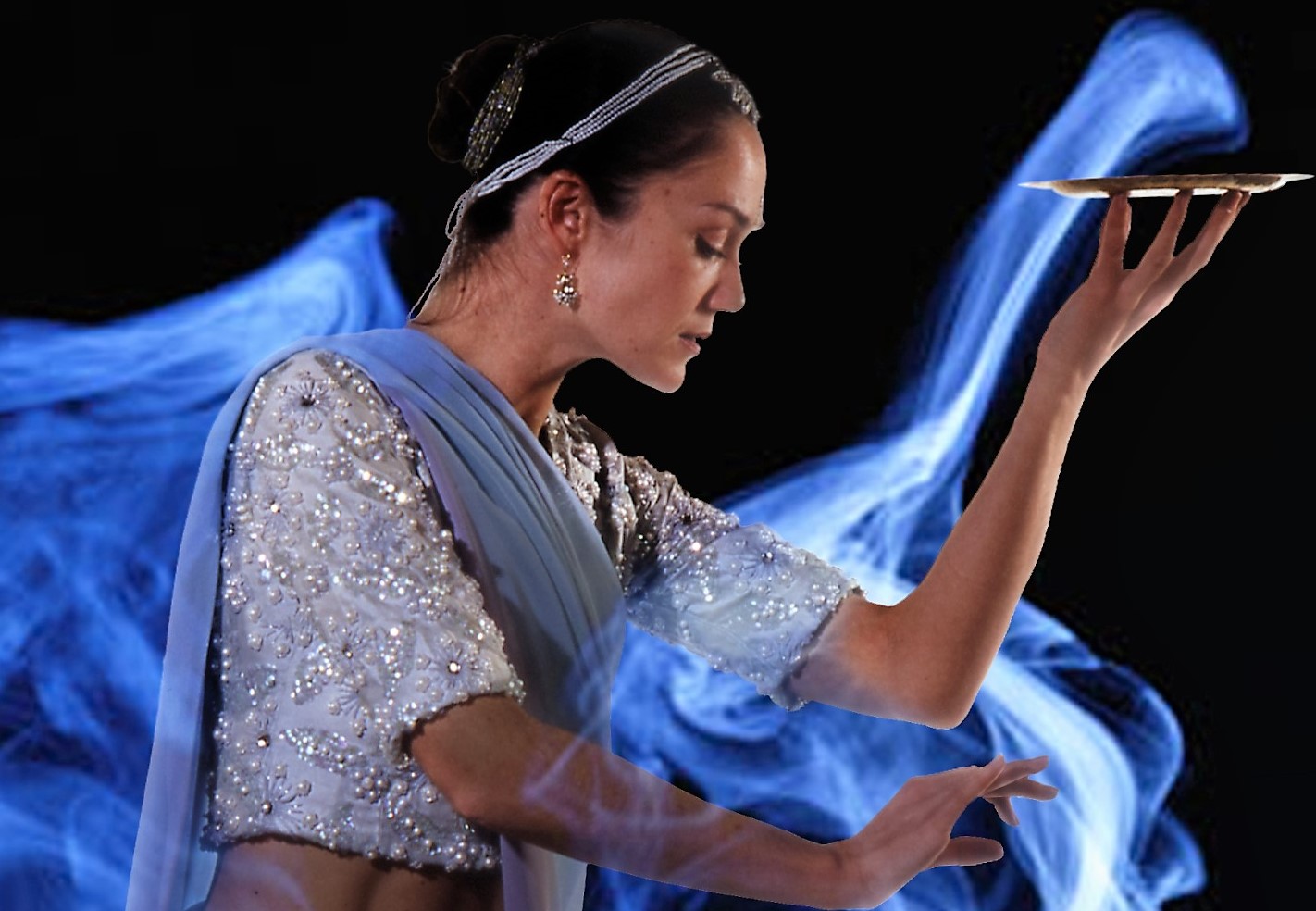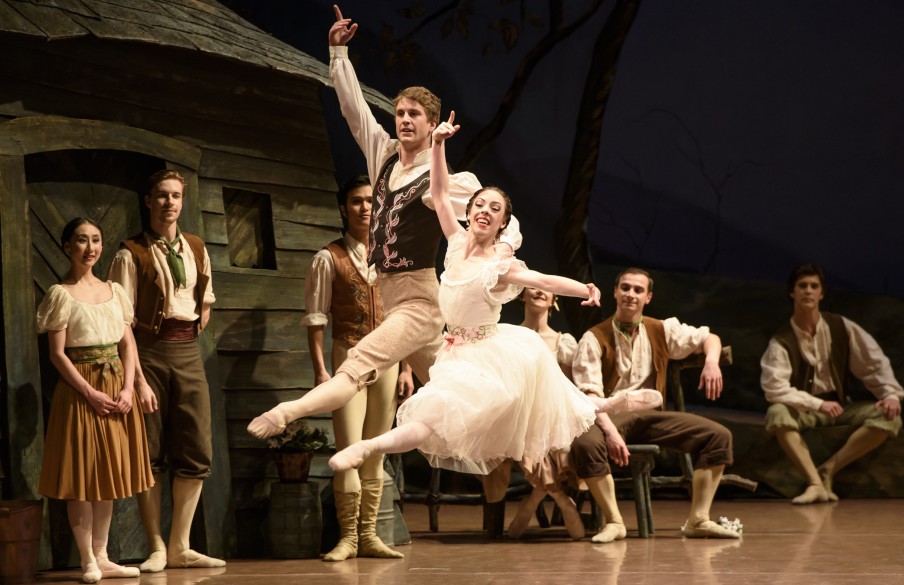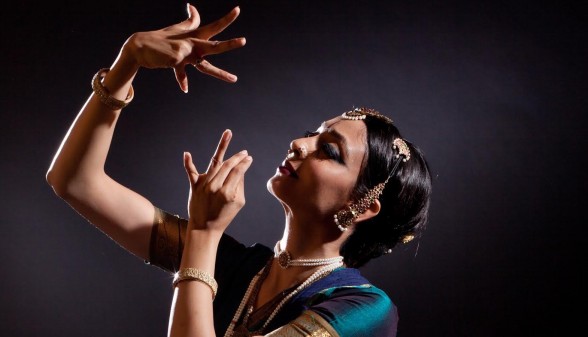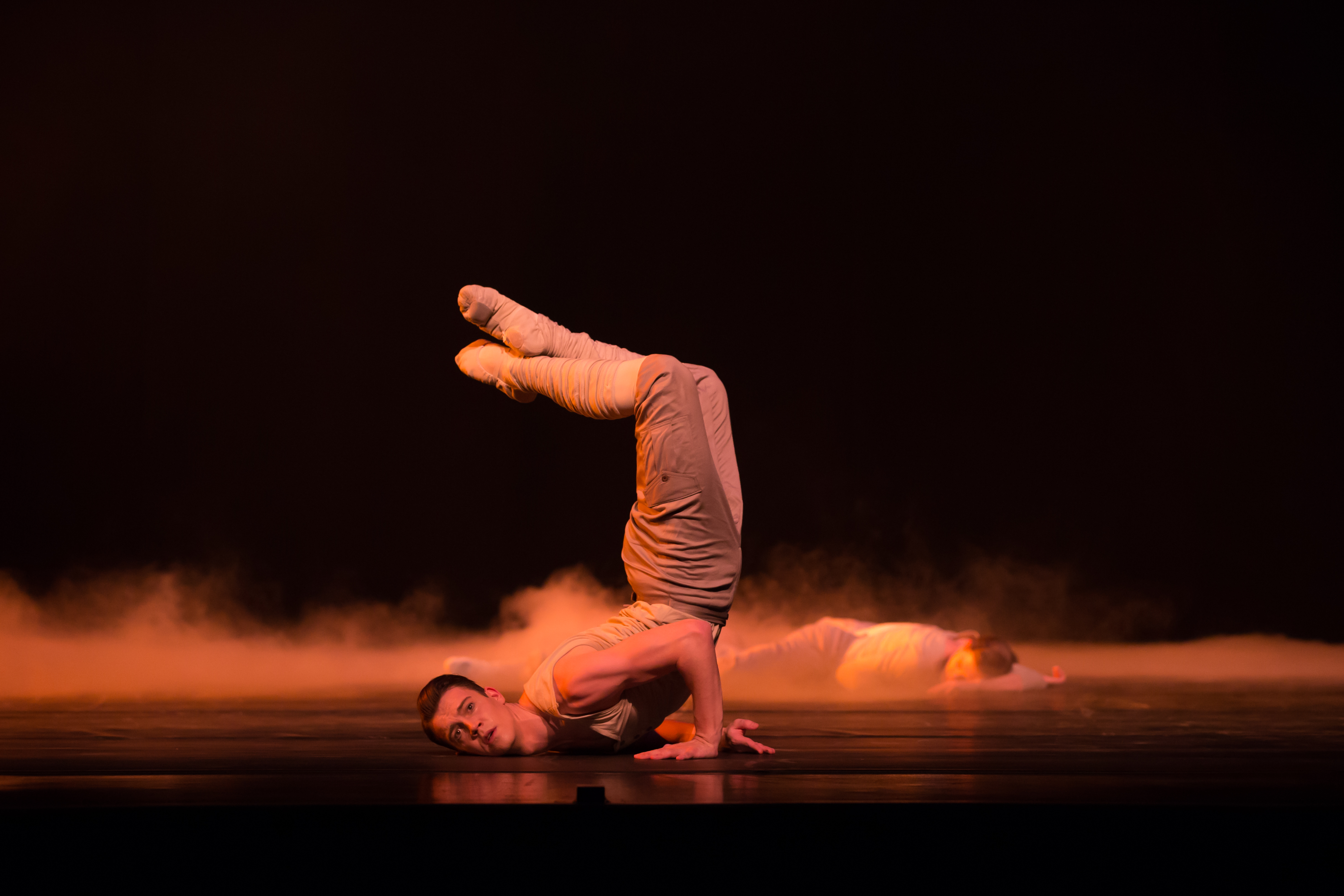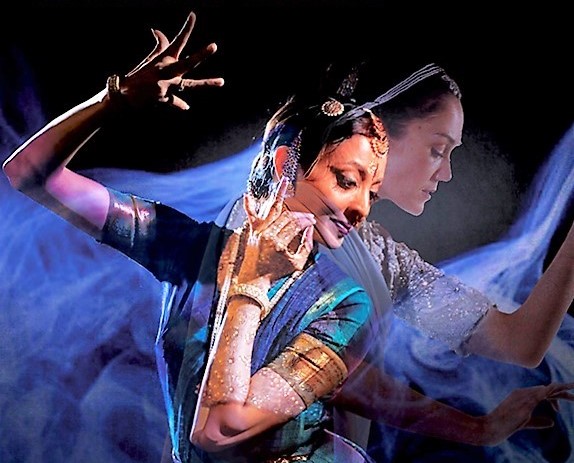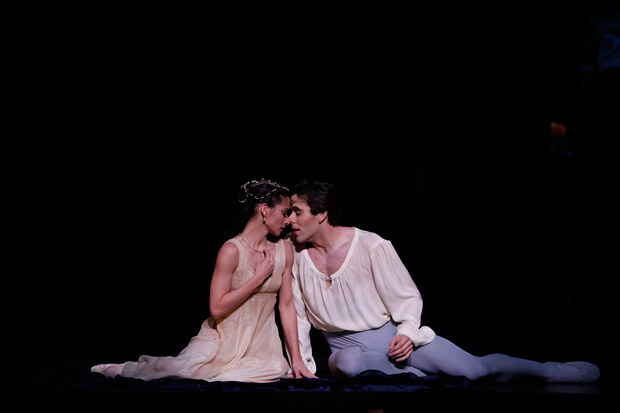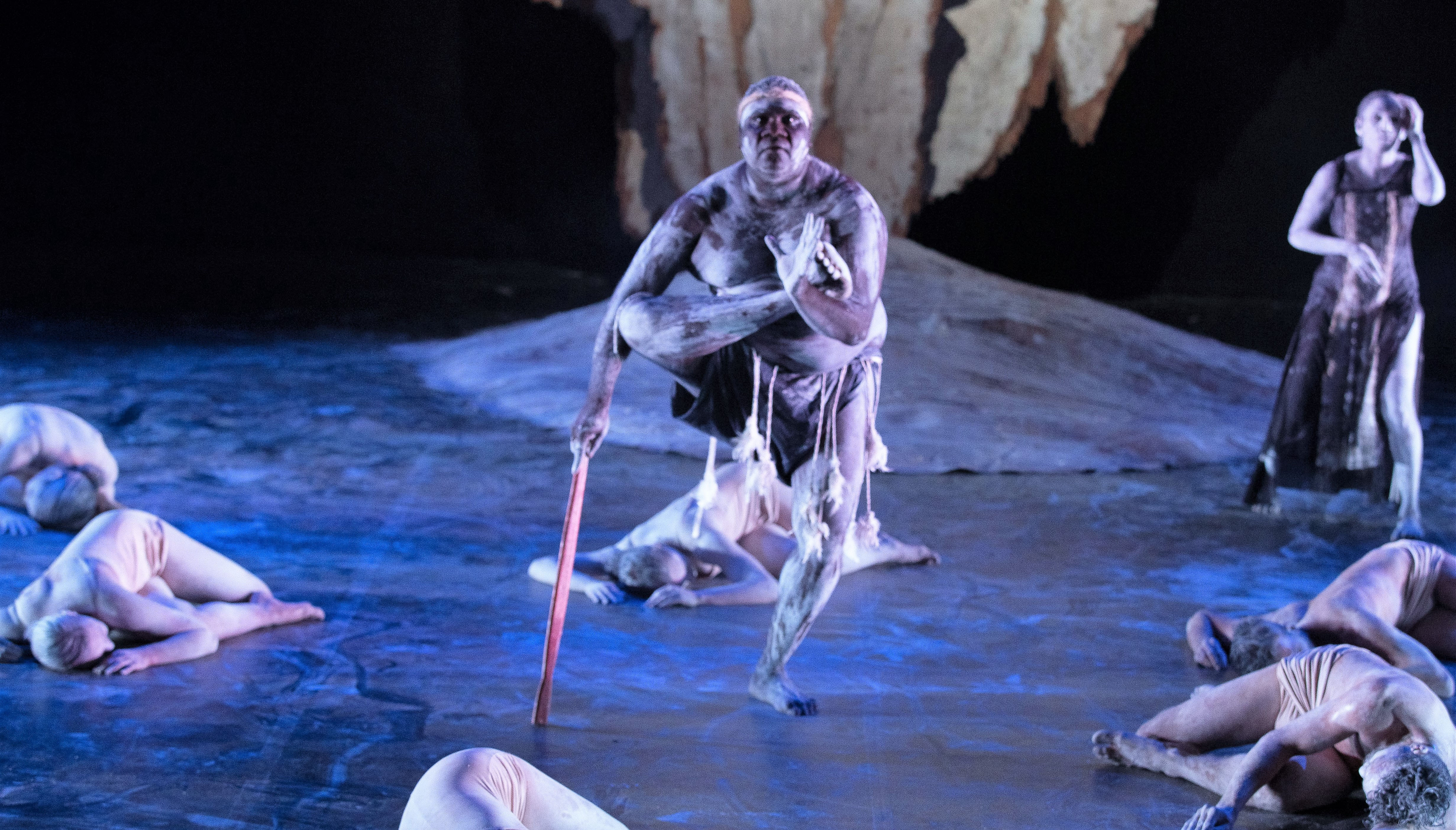
Djakapurra Munyarryun. Bangarra Dance Theatre
In late September and early October Bangarra Dance Theatre will be performing in New York and Paris. In New York the company will be part of Fall for Dance, a wonderful initiative that has been held in October, when the leaves of the city’s deciduous trees are falling to the ground, for about 10 years now. All seats are just
